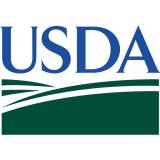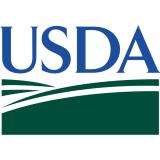Special Edition North Central Drought and Climate Update Webinar: July 6, 2023
The National Oceanic and Atmospheric Administration (NOAA) and climate partners (U.S. Department of Agriculture, American Association of State Climatologists, National Drought Mitigation Center) co-host monthly North Central U.S. Drought & Climate Outlook webinars, which cover the region from the Rockies to the Great Lakes.
Due to rapid drying conditions across the Midwest and corresponding impacts, an extra webinar was held this month to relay some of the most recent information on the climate—more specifically, antecedent conditions that led us to this point, current conditions and outlooks for the rest of the growing season. This webinar looked at rainfall, streamflow, drought conditions, soil moisture, temperatures, some crop conditions, and other impacts to water resources that have and may be of concern in the near future.









